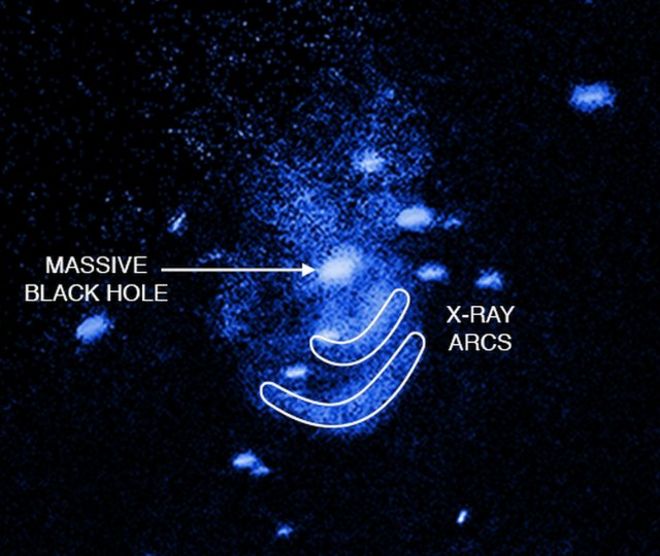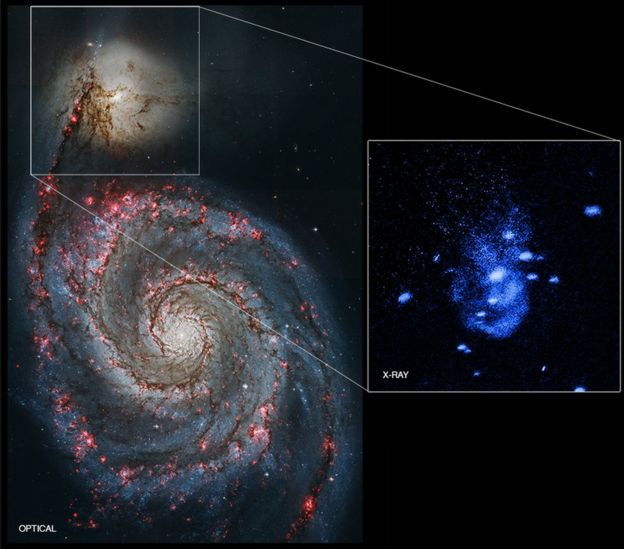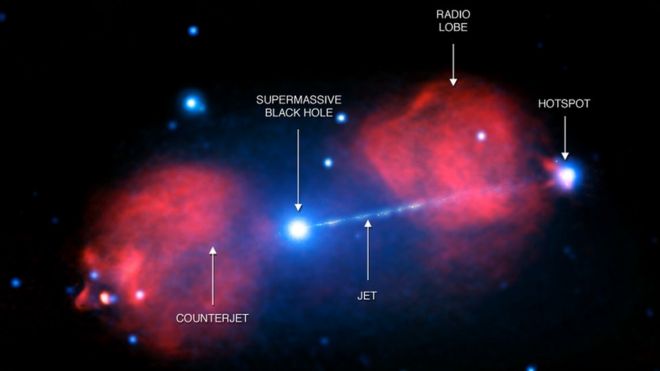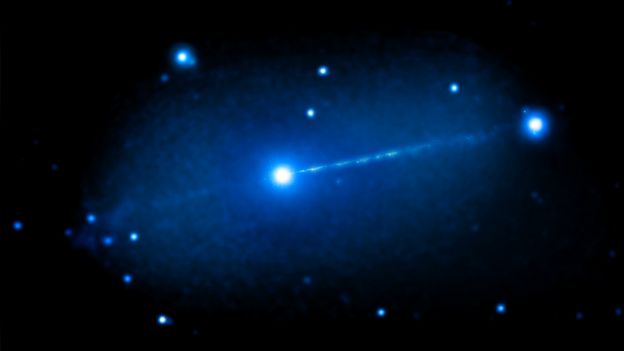Delta4Embassy
Gold Member
http://phys.org/news/2015-11-scientists-glimpse-black-hole-star.html
"An international team of astrophysicists led by a Johns Hopkins University scientist has for the first time witnessed a star being swallowed by a black hole and ejecting a flare of matter moving at nearly the speed of light.
The finding reported Thursday in the journal Science tracks the star—about the size of our sun—as it shifts from its customary path, slips into the gravitational pull of a supermassive black hole and is sucked in, said Sjoert van Velzen, a Hubble fellow at Johns Hopkins.
"These events are extremely rare," van Velzen said. "It's the first time we see everything from the stellar destruction followed by the launch of a conical outflow, also called a jet, and we watched it unfold over several months."
Here's hoping the solar system was uninhabited.
"An international team of astrophysicists led by a Johns Hopkins University scientist has for the first time witnessed a star being swallowed by a black hole and ejecting a flare of matter moving at nearly the speed of light.
The finding reported Thursday in the journal Science tracks the star—about the size of our sun—as it shifts from its customary path, slips into the gravitational pull of a supermassive black hole and is sucked in, said Sjoert van Velzen, a Hubble fellow at Johns Hopkins.
"These events are extremely rare," van Velzen said. "It's the first time we see everything from the stellar destruction followed by the launch of a conical outflow, also called a jet, and we watched it unfold over several months."
Here's hoping the solar system was uninhabited.





